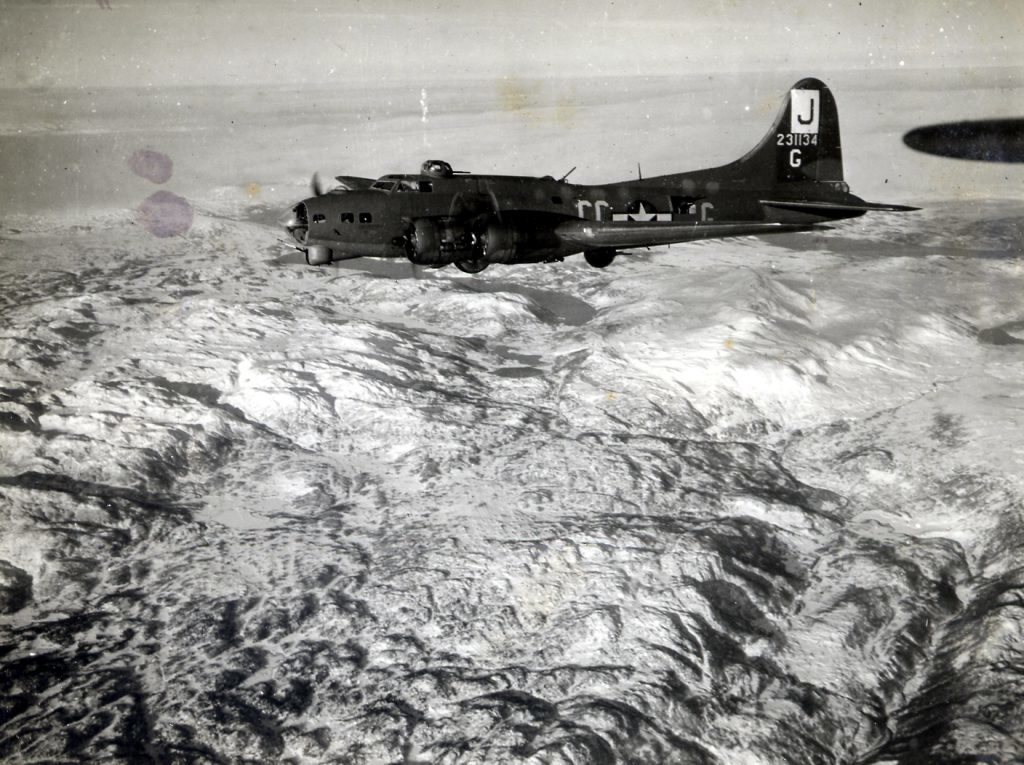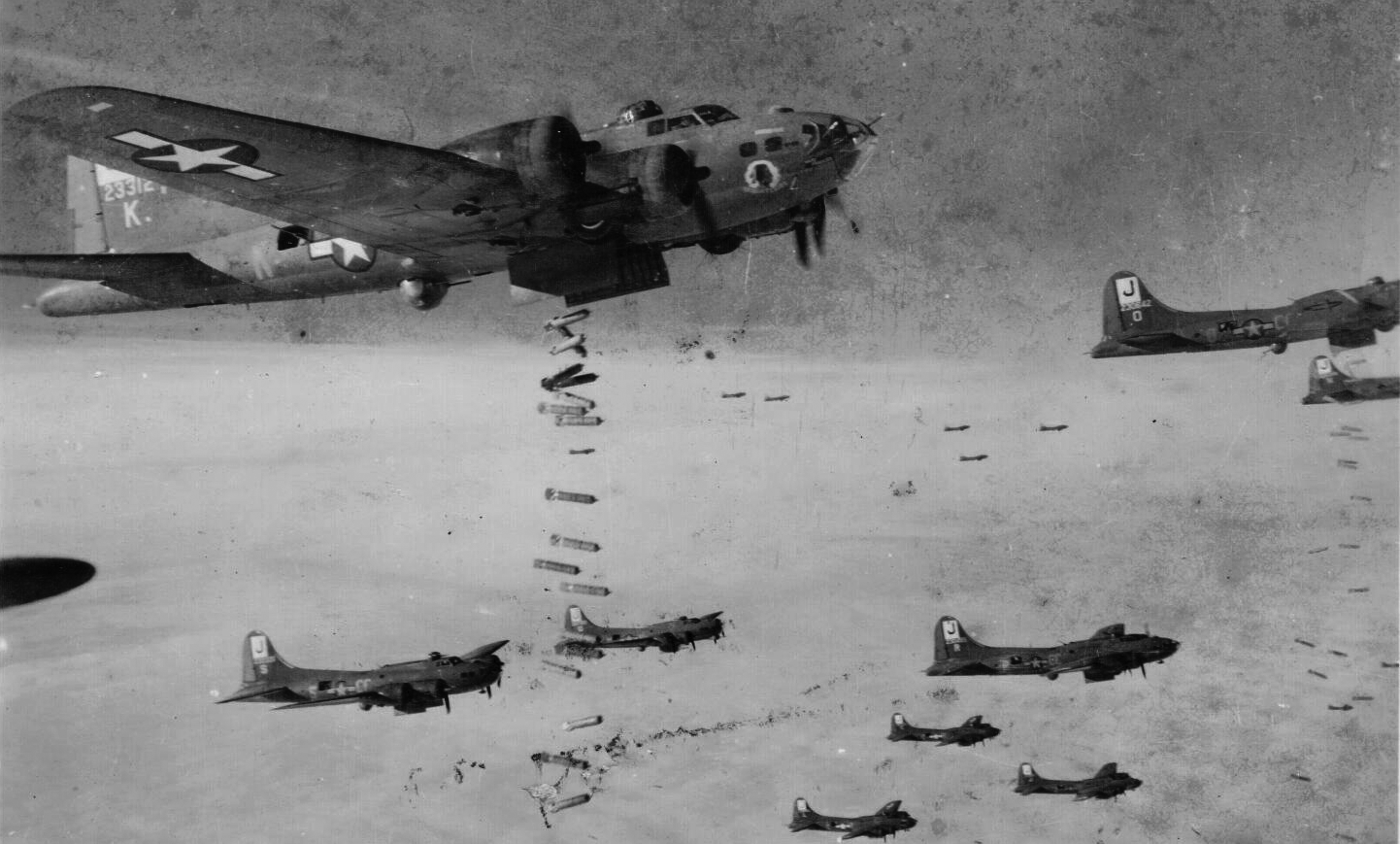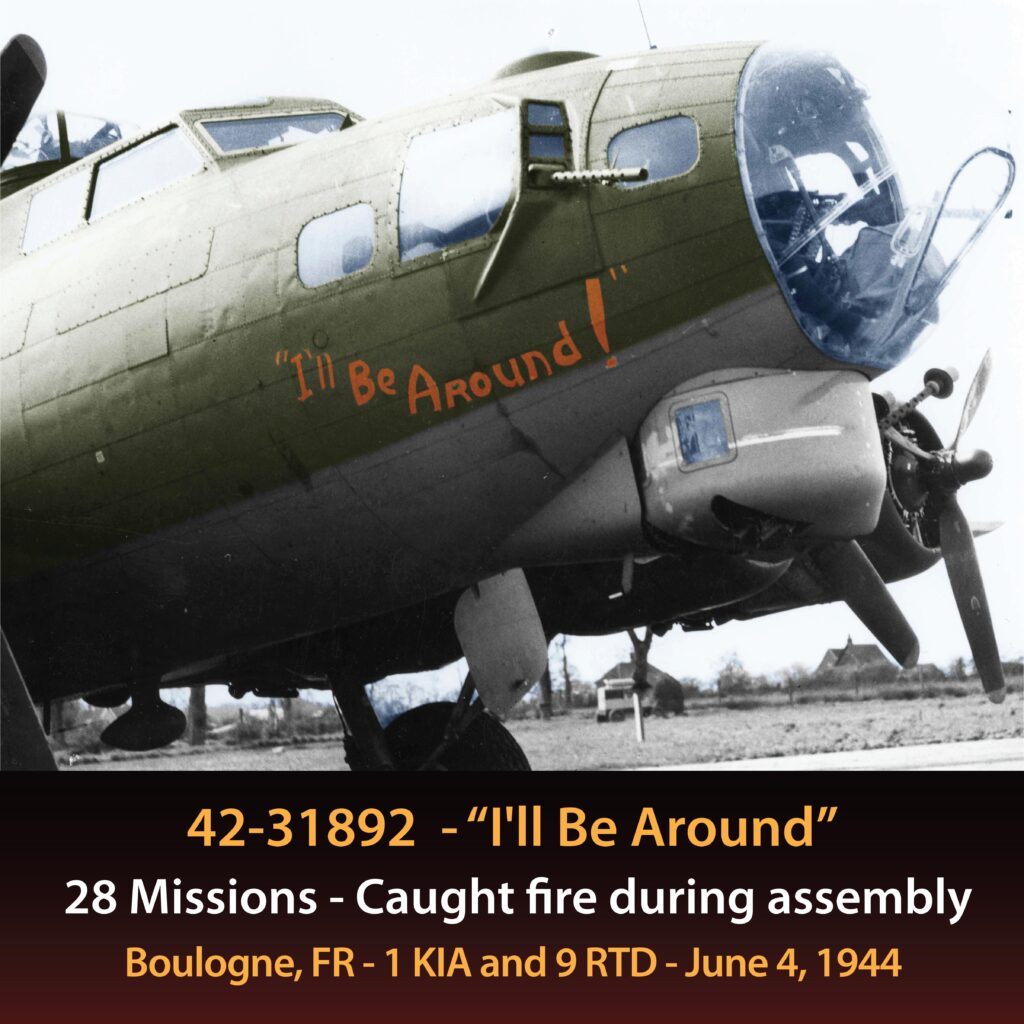The B-17's Journey
- Boeing launched the B-17 prototype on July 28, 1935.
- Known then as ‘Model 299’, it represented the ultimate in state-of-the-art technology.
- The plane boasted four turbo-charged engines, a hulky frame, twelve .50 caliber machine-gun mounts, and the ability to fly higher and longer than anything previously built.
- The rugged bomber simultaneously held the ability to defend itself, carry large bomb loads, absorb extensive battle damage, and still fly.
- Used as a strategic weapon, the B-17 quickly took on a reputation of mythic proportions.
- By the end of WWII, technology had surpassed the B-17 and the plane was considered all but obsolete.
- New planes featured pressurization, hydraulics, heat, longer range, and larger bomb loads including rocket technology.
- During an early test flight it was nicknamed a Flying Fortress by Richard Smith, an observing reporter from the Seattle Times.
- Boeing embraced the catchy term and quickly trademarked it for use.
"Without the B-17,
we might have lost the war."

B-17 Specifications
July 28th, 1935
103 feet, 9 inches
74 feet, 4 inches
• Empty: 36,135 Pounds
• Normal Load: 55,000 Pounds
• Max Load: 72,000 Pounds
287 MPH at 25,000 feet
2,000 Miles
35,600 Feet
Four 1,200 horsepower Wright Cyclone R-1820 radial engines

The Bomb Load
Bomb loads and type depended on the target and length of mission. Typical bomb loads carried on combat missions could be:
- (2) 2000lb demolition bombs
- (6) 1000lb demolition bombs
- (12) 500lb demolition bombs
- (16) 300lb demolition bombs
- (12) 500lb incendiary clusters
- (16) 250lb British incendiary bombs
- (40)-(42) 100lb incendiary bombs
- (24) fragmentation bombs
- (16) 250lb fragmentation bombs
In the Museum
The plane on display at the 390th Memorial Museum was loaned by the Air Force Museum in Dayton, Ohio in 1980. Our plane was built in 1945, one of the last of nearly 13,000 B-17s built for the war.
While it never got to see combat, this B-17 was used for both the U.S. Coast Guard and the U. S. Forest Service. Almost all of its military-type accessories had been stripped away, but it could still fly!
Veteran members of the 390th Bomb Group lovingly restored it to ‘combat ready’ condition, reassigning it as 42-31892, I’ll Be Around. It remains one of the world’s only fully restored B-17s on public display.



